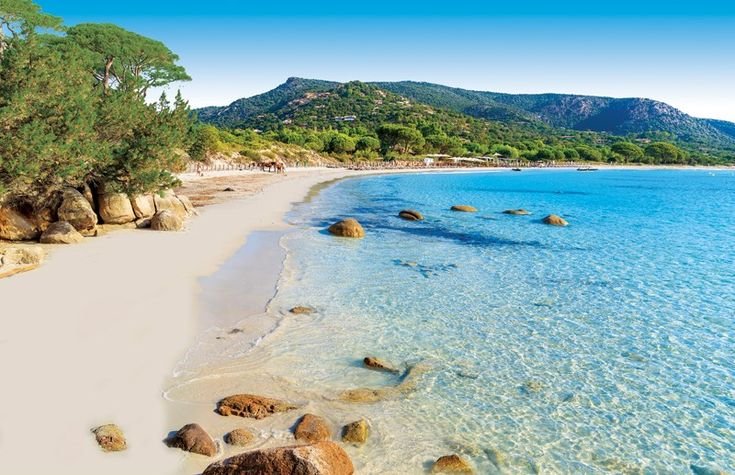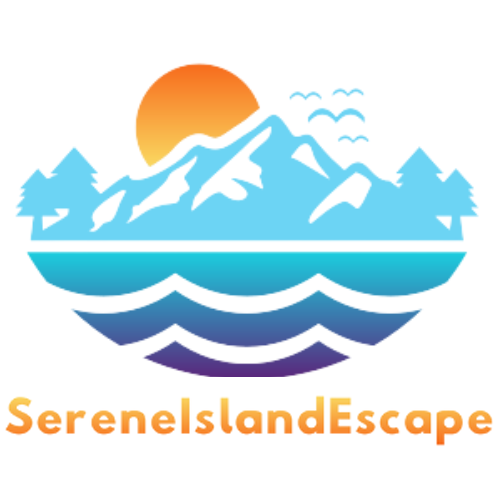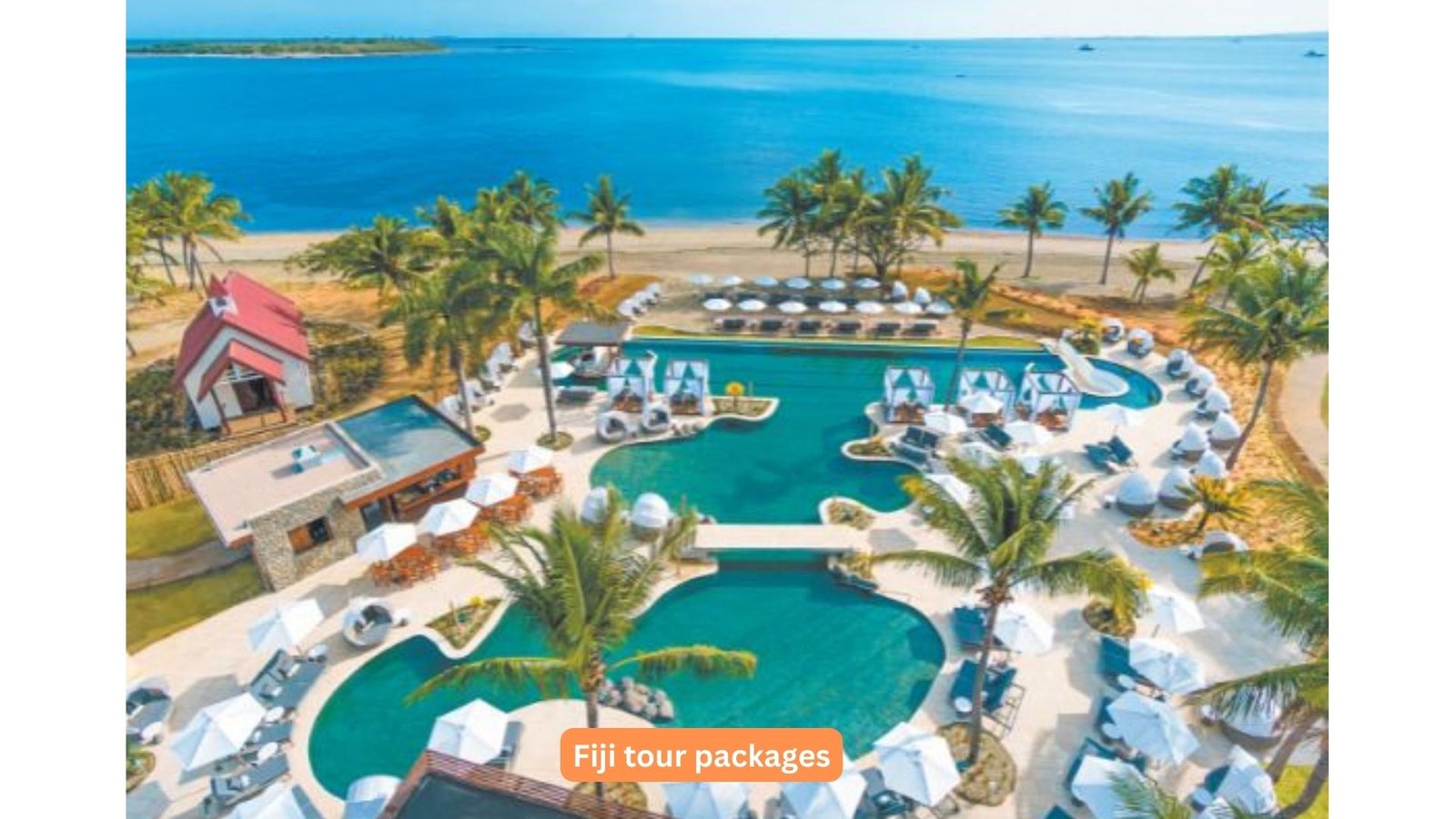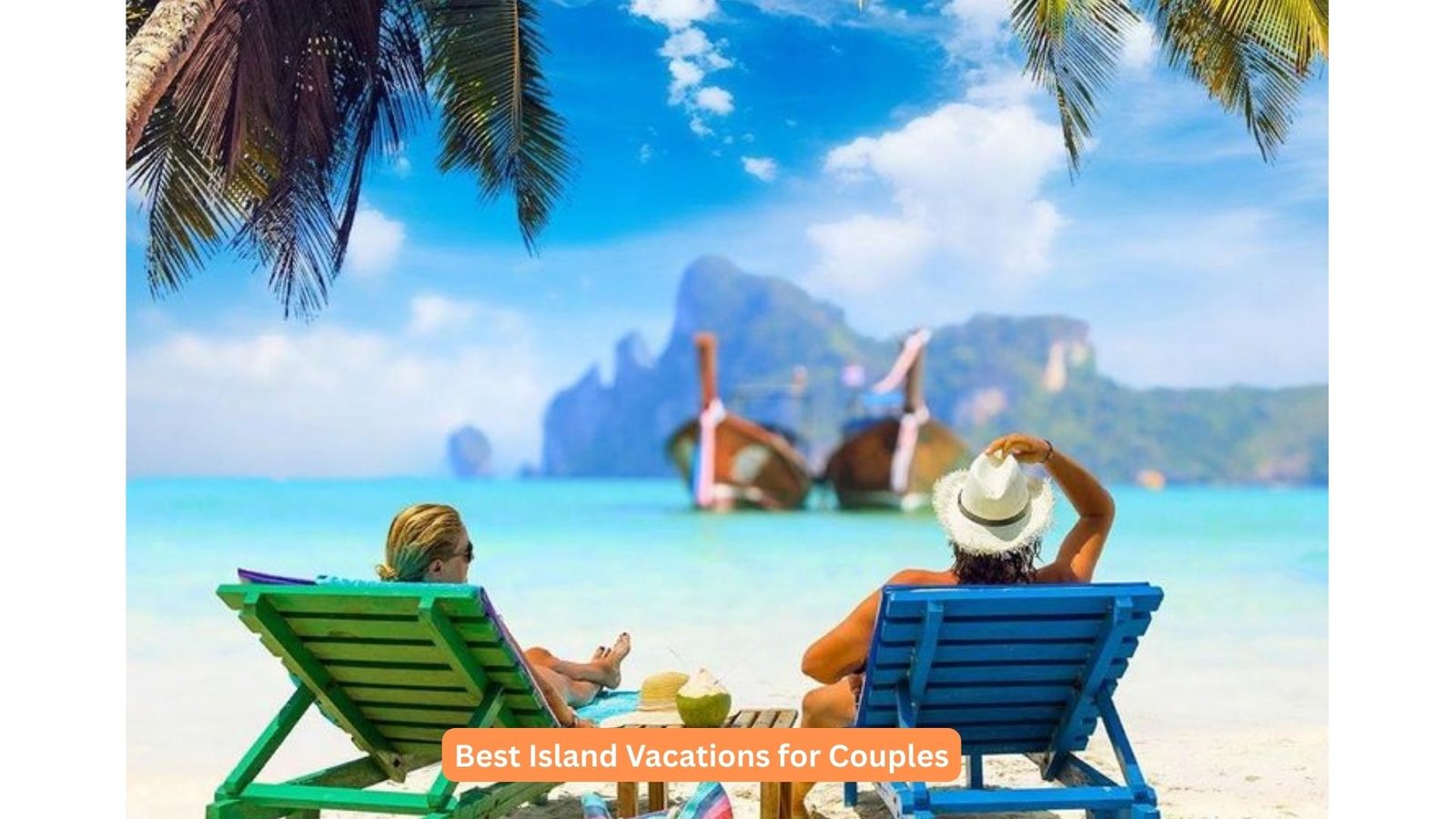Islands evoke images of crystal-clear waters, pristine beaches, and luxurious resorts with prices that can make most travelers wince. Yet behind the glossy brochures and premium packages lies a world of affordable island experiences waiting to be discovered by savvy travelers. Learning how to visit islands on a budget has become an essential skill for modern travelers seeking paradise without the premium price tag. Whether you dream of Caribbean escapes, Mediterranean adventures, or Southeast Asian island hopping, this comprehensive guide will reveal proven strategies to make island paradise accessible without emptying your bank account.
Why Most People Think Islands Are Expensive
Breaking the Island Expense Myth
Many travelers dismiss island destinations as budget-breakers, but this perception often stems from marketing that highlights only the most exclusive experiences. In reality, islands around the world offer diverse opportunities for budget-conscious explorers who know where to look and how to plan effectively.
- Most islands have developed alongside luxury tourism a parallel economy catering to locals, budget travelers, and long-term visitors, offering accommodations, dining, and activities at a fraction of resort prices.
- The dramatic price variations between high and low seasons on many islands can mean the difference between paying $300 or $80 for the same room, especially in destinations like the Caribbean or Mediterranean where seasonality strongly affects pricing.
- Islands with diverse economic activities beyond tourism—like agriculture, fishing, or manufacturing—typically offer more affordable local experiences than those exclusively dependent on high-end tourism.
- Many islands have vibrant local cultures that can be experienced completely free through public festivals, markets, and community gatherings, providing authentic experiences that money simply cannot buy.
- With strategic planning focused on off-peak travel, local transportation, self-catering options, and free natural attractions, even notoriously expensive destinations like the Maldives, Seychelles, or Greek islands become surprisingly accessible to budget travelers.
Strategic Timing for Island Travel
Best Times to Visit Popular Islands for Maximum Savings
Timing is perhaps the most powerful tool in the budget island traveler’s arsenal. By strategically planning your visit during shoulder or off-seasons, you can experience world-class destinations at a fraction of peak-season costs while often enjoying more authentic experiences with fewer crowds.
- Caribbean islands offer excellent value between May and November, with discounts of 30-50% compared to high season prices, though travelers should note this coincides with hurricane season (particularly September-October), making travel insurance essential and destinations like Aruba, Bonaire, and Curaçao—outside the hurricane belt—particularly attractive options.
- The Greek islands transform from overcrowded tourist hotspots to peaceful local havens during April-May and September-October, when temperatures remain pleasant (65-80°F), the sea is still warm enough for swimming, and accommodation rates can drop by 40% while giving you a more authentic experience of Greek island life.
- Southeast Asian islands like those in Thailand, Indonesia, and the Philippines offer tremendous value during their “green seasons” (typically May-October), when brief daily showers are offset by lush landscapes, dramatically reduced prices, and significantly fewer tourists—perfect for budget travelers who don’t mind occasional afternoon rain.
- Travelers to Pacific islands like Fiji and French Polynesia can find substantial savings during the shoulder months of April-May and October-November, when weather patterns remain favorable but visitor numbers drop significantly, prompting resorts and guesthouses to offer incentives and reduced rates to maintain occupancy.
- Iceland, though not tropical, represents one of the world’s most unique island destinations and becomes considerably more affordable during the September-April period, when flights from North America and Europe can cost half the summer price, accommodation is widely available, and the bonus of potential Northern Lights viewing adds extraordinary value to your visit.
Destination Selection for Budget Travelers
Top Affordable Island Destinations Worldwide
While some islands market themselves exclusively to luxury travelers, many beautiful destinations around the globe cater effectively to budget-conscious explorers, offering exceptional experiences without the premium price tag.
- The Indonesian archipelago beyond Bali—particularly islands like Lombok, the Gili Islands, and Flores—offers stunning beaches, world-class diving, and authentic cultural experiences at prices often 40-60% lower than their more famous neighbor, with beachfront bungalows available from $15-30 per night and delicious local meals for under $5.
- Thailand’s southern islands provide a well-established budget travel infrastructure, with islands like Koh Lanta, Koh Chang, and Koh Phangan (outside full moon party periods) offering beautiful beaches, excellent food, and comfortable accommodations starting around $20 per night, while still maintaining authentic Thai cultural experiences away from the most developed areas.
- The Philippine islands represent some of Asia’s best budget destinations, where even popular spots like Palawan and Siargao offer beachfront accommodations starting at $25, world-class diving experiences from $30 per trip, and fresh seafood meals for under $8, all while exploring some of the planet’s most spectacular landscapes.
- Nicaragua’s Corn Islands in the Caribbean provide an off-the-radar alternative to better-known Caribbean destinations, featuring pristine beaches, excellent snorkeling, and a laid-back atmosphere at prices that rarely exceed $50 per day inclusive of simple beachfront accommodation, local seafood meals, and transportation.
- Malta in the Mediterranean delivers extraordinary value with its rich history, stunning landscapes, and crystal-clear waters, where budget travelers can find guesthouses from €30-50 per night during shoulder season, utilize an efficient public transportation system costing under €2 per ride, and enjoy local food specialties like pastizzi (savory pastries) for about €1 each.
Strategic Accommodation Choices for Island Budget Travelers
Accommodation typically represents the largest expense in any travel budget, but islands offer diverse options beyond traditional hotels that can dramatically reduce costs while often providing more authentic and memorable experiences.
- Family-run guesthouses and small locally-owned accommodations not only provide significant savings over chain hotels and resorts but also offer invaluable local knowledge, personal connections, and often include perks like breakfast, beach equipment, or transportation that add considerable value to your stay.
- Vacation rentals and apartments accessible through platforms like Airbnb or VRBO become especially economical when traveling with companions, as per-person costs decrease significantly while the addition of kitchen facilities allows for substantial food budget savings throughout your stay.
- Work exchange opportunities through platforms like Workaway, HelpX, or WWOOF have become increasingly popular on islands worldwide, offering free accommodation and often meals in exchange for 20-25 hours weekly helping with sustainable projects, organic farms, or small businesses—perfect for slow travelers seeking deeper cultural immersion.
- Camping, whether at established sites or through wild camping where legally permitted, represents the ultimate budget accommodation on many islands with favorable climates, with locations like the Caribbean National Forest in Puerto Rico, coastal regions of Corsica, and beaches in the Philippines offering safe, legal options to sleep under the stars.
- Hostels have expanded beyond traditional backpacker demographics to offer increasingly diverse options including private rooms, themed experiences, and social activities catering to all age groups, making them worth investigating even for travelers who typically avoid dormitory-style accommodations.

Budget Transportation Strategies for Island Exploration
Transportation costs can accumulate quickly on islands, where tourists often face premium pricing. However, with strategic planning and flexibility, you can navigate island destinations affordably while enhancing your experience through closer contact with local communities.
- Public transportation systems on larger islands like Sicily, Jamaica, or Oahu provide comprehensive coverage at a fraction of tourist transfer costs, with the added benefit of authentic cultural experiences alongside locals going about their daily lives, though requiring slightly more research and patience than private options.
- Shared transportation arrangements have evolved beyond traditional chicken buses into sophisticated networks of colectivos, shared taxis, and community-organized systems that combine affordability with convenience on islands throughout the Caribbean, Southeast Asia, and the Mediterranean.
- Motorcycle, scooter, and bicycle rentals transform budget limitations into advantages on smaller islands, offering not just transportation savings but enhanced freedom to explore hidden beaches, local villages, and viewpoints inaccessible to larger vehicles, while costing as little as $5-15 daily on islands like Bali, the Greek isles, or the Philippines.
- Ferry systems rather than flights for island hopping can reduce transportation costs by 50-80% while adding scenic journeys to your experience, particularly in archipelagos like Greece, Hawaii, or Thailand where comprehensive maritime networks connect major destinations.
- Walking-focused island experiences, though often overlooked in our motorized era, offer the deepest connection to island environments, zero transportation costs, and surprising practicality on smaller islands like Hydra (Greece), Iona (Scotland), or La Digue (Seychelles), where vehicles are limited or prohibited.
Budget-Friendly Dining While Enjoying Island Cuisine
Food expenses can quickly consume a travel budget, particularly on islands where imported goods command premium prices. However, eating well on a budget becomes not just possible but enjoyable when you embrace local food cultures and strategic dining approaches.
- Local markets provide budget travelers with fresh, regional produce, seafood, and prepared foods at prices often 70-80% lower than restaurant equivalents, while offering vibrant cultural experiences and interaction with local vendors who often share preparation tips and culinary traditions with interested visitors.
- Street food and small local eateries represent the heart of many island culinary traditions, serving authentic dishes at prices locals (not tourists) can afford, with destinations like Penang (Malaysia), Jamaica, and the Philippines offering extraordinary food experiences for under $5 per meal.
- Self-catering capabilities, secured through accommodations with kitchen access, provide substantial savings while allowing culinary creativity with local ingredients and adaptation to dietary requirements that might be challenging in restaurant settings.
- Strategic splurging—balancing budget meals with occasional higher-end dining experiences—allows you to experience the best of island cuisine without consistent premium pricing, perhaps enjoying elite seafood once rather than daily or opting for lunch rather than dinner at prestigious establishments where the same quality often comes at lower prices.
- Water safety considerations deserve special attention for budget travelers, as bottled water expenses accumulate rapidly on islands where tap water may be unsafe; investing in a quality portable filter or purification system can save hundreds of dollars during extended island travels while reducing plastic waste.
Free and Low-Cost Island Activities
Islands offer extraordinary natural and cultural experiences that often cost nothing to enjoy, making destination selection and activity planning key components of budget travel strategy.
- Beach exploration costs nothing yet represents the primary attraction drawing visitors to islands worldwide, with careful research revealing public access points to the same stunning coastlines fronted by expensive resorts, particularly valuable in destinations like Hawaii, the Caribbean, and the Mediterranean where development has privatized many shorelines.
- Hiking networks across islands like Madeira, La Réunion, and the Azores provide access to breathtaking landscapes, from volcanic calderas to mountain ridges and tropical forests, all without entrance fees while offering exercise, photography opportunities, and authentic connection with natural environments.
- Cultural immersion activities—from local festivals and public ceremonies to community markets and religious observations—offer authentic experiences impossible to replicate in commercial settings, often completely free while providing deeper understanding of island heritage.
- Reef snorkeling from shore rather than through organized tours can save $30-50 daily in tropical destinations, requiring only basic equipment while offering comparable marine experiences to expensive boat trips, particularly in islands with fringing reefs like those found in parts of Thailand, the Philippines, and the Caribbean.
- Library and community center resources often go untapped by visitors yet provide valuable services to budget travelers, from free Wi-Fi and air conditioning to cultural programs, local information, and sometimes unexpected amenities like free walking tours or cultural demonstrations.
Strategic Packing to Avoid Island Markup Prices
Islands typically impose significant markups on retail goods due to import costs and captive tourist markets, making strategic packing a critical budget-preservation tactic.
- Sun protection essentials including high-SPF sunscreen, after-sun care, and quality sunglasses can cost 200-300% more on isolated islands than at home, making these non-negotiable packing priorities that preserve both your budget and health during island adventures.
- Basic medications and first aid supplies command extraordinary premiums in island settings, particularly on remote islands where pharmacies may be limited, so bringing adequate supplies of pain relievers, anti-diarrheal medication, seasickness remedies, and bandages prevents both health complications and budget damage.
- Specialized equipment for activities like snorkeling, hiking, or photography can be prohibitively expensive to purchase on islands, where limited competition and high shipping costs inflate prices dramatically, making advance planning crucial for activity-specific gear.
- Reusable essentials including water bottles with filters, shopping bags, and food containers might seem trivial but collectively save substantial amounts when used consistently throughout island travels while simultaneously reducing environmental impact in sensitive island ecosystems.
- Appropriate clothing diversity matters more on islands than mainland destinations, as microclimates often create surprising weather variations while cultural considerations may require modesty in certain settings, making versatile layering pieces and adaptable options crucial for both comfort and cultural respect.
Planning Strategies to Maximize Your Island Budget
Strategic planning transforms island budget travel from challenging to straightforward, with advance research and thoughtful timing creating opportunities for significant savings.
- Flight optimization using tools like Google Flights’ price tracking, flexible date searches, and consideration of alternative airports can reduce airfare costs by 30-50% to island destinations, particularly when combined with strategic timing during shoulder seasons when demand decreases but weather remains favorable.
- Package evaluation remains worthwhile despite the general advantage of independent bookings, as occasional package deals—particularly last-minute offers or those during shoulder seasons—can provide extraordinary value when formally calculated against the cost of separate bookings.
- Financial preparation including notification of travel plans to card companies, research on local ATM availability and fees, and carrying appropriate cash reserves prevents costly emergencies while ensuring access to funds without excessive conversion charges or commissions.
- Accommodation research beyond the first booking proves essential, as initial island visits often reveal local opportunities invisible to advance research, making flexibility—perhaps booking only your first few nights—an advantage that allows adaptation to discoveries upon arrival.
- Local network development through respectful interaction with residents, expatriates, and fellow travelers often reveals otherwise inaccessible opportunities, from hidden beaches and authentic restaurants to community events and occasional employment or volunteering options for long-term travelers.
Embracing Slow Travel for Budget Island Experiences
The slow travel philosophy aligns perfectly with both budget constraints and authentic island experiences, transforming limitations into advantages through a mindset shift that prioritizes depth over breadth.
- Extended stays dramatically reduce per-day costs by accessing weekly and monthly accommodation discounts, amortizing transportation expenses, enabling efficient self-catering routines, and revealing free and low-cost local activities that remain hidden to short-term visitors rushing between highlights.
- Seasonal work opportunities become accessible to slow travelers with appropriate visas, particularly in tourism-focused islands where high season labor shortages create temporary positions in hospitality, tour operations, yacht services, and diving—turning a budget limitation into an income opportunity.
- Community integration develops naturally through slow travel, creating relationships that often translate into cost savings through local-price access, invitation to homes and events, sharing of resources, and authentic cultural exchange impossible for brief visitors.
- Environmental appreciation deepens through extended time in one location, fostering sustainable practices, meaningful conservation contributions, and genuine understanding of ecological challenges facing island communities—providing purpose beyond mere consumption of experiences.
- Long-term budget management becomes more sustainable with slow travel rhythms, reducing daily spending pressure, allowing strategic splurges balanced with completely free days, and creating a more relaxed travel experience controlled by curiosity rather than itinerary demands.
Conclusion: Making Your Island Dreams a Reality
By implementing these strategies on how to visit islands on a budget, destinations once considered exclusively the domain of luxury travelers become accessible to budget-conscious explorers. The resulting experiences—more authentic, environmentally sustainable, and culturally connected—often surpass those of premium package tourists confined to resort environments. Your island dreams remain within reach, requiring simply thoughtful planning, flexibility, and willingness to experience paradise beyond the brochure. Start planning your affordable island getaway today and discover that true paradise doesn’t have to come with a luxury price tag.





